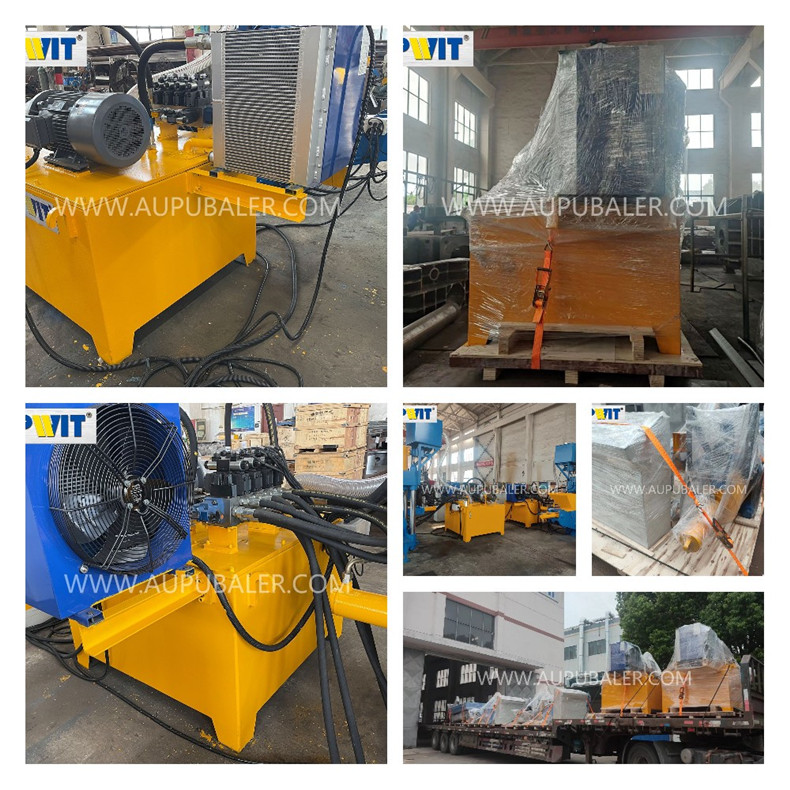Improving the forming rate of a briquetting machine is essential for enhancing production efficiency and product quality. Here are several effective strategies.
Raw Material Preparation
Moisture Content Control: The moisture level of the raw materials significantly impacts the forming rate. For most materials, an optimal moisture content usually ranges from 8% to 15%. If the moisture is too low, the materials lack plasticity and are difficult to bond, resulting in low - quality briquettes with a high rate of fragmentation. Conversely, excessive moisture can cause the briquettes to be too soft and prone to deformation. Use a moisture meter to accurately measure and adjust the moisture content through drying or adding an appropriate amount of water.
Particle Size Optimization: Uniform and suitable particle sizes of raw materials are crucial. Large particles may not be fully compressed, leading to voids in the briquettes. A grinder or crusher can be used to reduce the particle size to an appropriate range, typically between 0.5 and 3 millimeters, depending on the type of material. Additionally, screening the materials to ensure a consistent particle size distribution helps improve the forming rate.
Machine Parameter Adjustment
Pressure Setting: The pressure applied during the briquetting process is a key factor. Insufficient pressure fails to compact the materials properly, resulting in low - density briquettes and a low forming rate. However, excessive pressure may cause wear and tear on the machine and energy waste. Experiment with different pressure levels based on the material properties and gradually increase or decrease the pressure until the optimal forming rate is achieved.
Temperature Control: For some materials, especially those containing binders, controlling the temperature during briquetting can enhance the forming rate. Heat can activate the binders, improving their adhesive properties. Install a temperature - control system on the briquetting machine and adjust the temperature according to the recommended range for the specific raw materials.
Regular Maintenance
Lubrication: Regularly lubricate all moving parts of the briquetting machine, such as bearings, shafts, and pistons. Good lubrication reduces friction, ensuring smooth operation of the machine. This not only extends the machine's lifespan but also helps maintain consistent pressure during the briquetting process, which is beneficial for improving the forming rate.
Mold Inspection and Cleaning: The molds play a vital role in determining the shape and quality of the briquettes. Regularly inspect the molds for wear, corrosion, or blockages. Clean the molds thoroughly to remove any residue or debris that may prevent the materials from filling the molds evenly. Replace worn - out molds promptly to ensure proper shaping of the briquettes and a high forming rate.
By implementing these measures, the forming rate of the briquetting machine can be effectively improved, leading to better - quality products and increased productivity.








